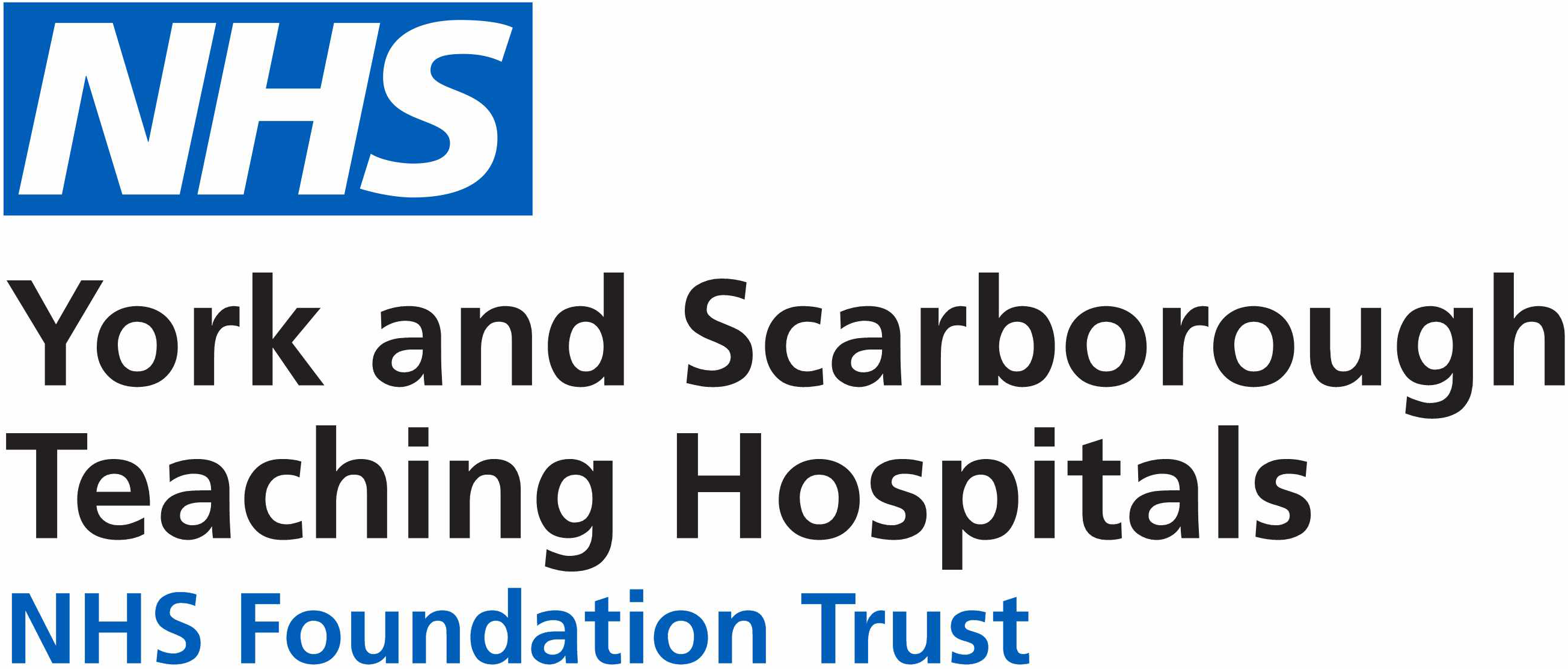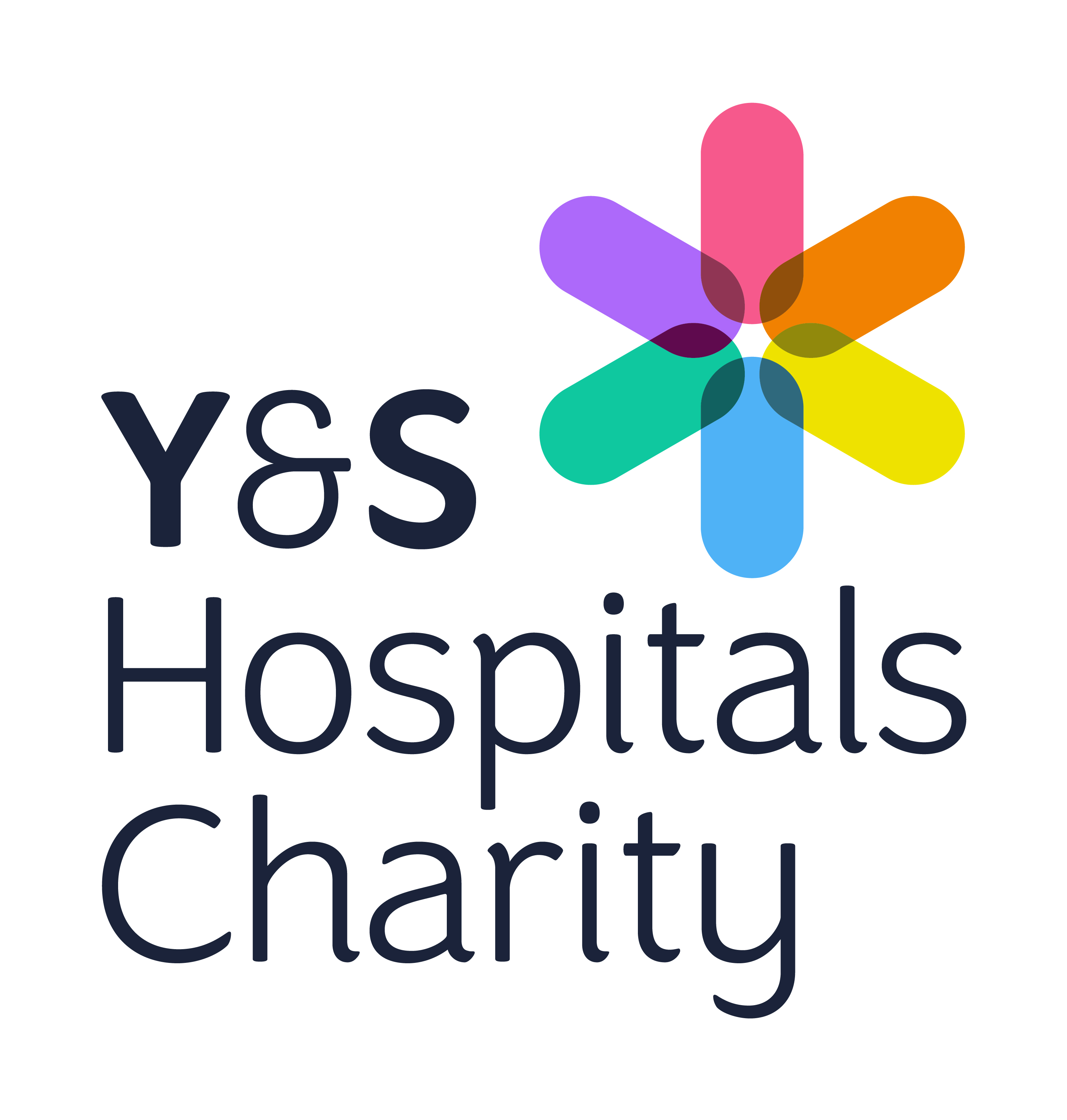Laboratory Medicine
Test Directory / Urine Metanephrines
Urine Metanephrines
24 Hour Urine Container (plain or acidified)
| Test | Urine Metanephrines |
|---|---|
| Common Abbreviations | UMET, METS, URINE NA/NMA |
| Profile | N/A |
| Tube type | 24 Hour Urine Container (plain or acidified) |
| Clinical Indication | Investigation of suspected phaeochromocytoma. Urine metanephrines are generally used for screening (e.g. in uncontrolled or accelerated hypertension), whereas plasma metanephrines are preferred in patients with a high pre-test probability of phaeochromocytoma (e.g. visible adrenal mass or genetic predisposition) . |
| Specimen Type | Urine |
| Sample type | 24 Hour Urine |
| Minimum Volume | 5mL |
| Special Precautions | Samples collected into a plain container should be delivered to the laboratory as soon as possible for acidification. |
| Stability | Samples stable for 7 days at room temperature |
| Turnaround Time | 7 days at room temperature |
| Laboratory | Hull Royal Infirmary Anlaby Road Hull HU3 2JZ 01482 607753 |
| Reference Interval | Urine Normetanephrine: <3.5µmol/24hrs Urine Metanephrine: <1.5µmol/24hrs |
| Limitations | Patients investigated for possible phaeochromocytoma may well already be prescribed beta-blockers such as atenolol, metoprolol or propranolol. These can give false positive increases in urine metanephrines. Of note such false positive results are not observed when analysing plasma metanephrines. Other drugs which may give rise to false positive results in urine metanephrines include: alpha blockers including phenoxybenzamine, doxazosin and prazosin Tricyclic anti-depressants such as amitriptyline, amoxapine and nortriptyline Calcium channel blockers such as amlodipine |
| Notes |






